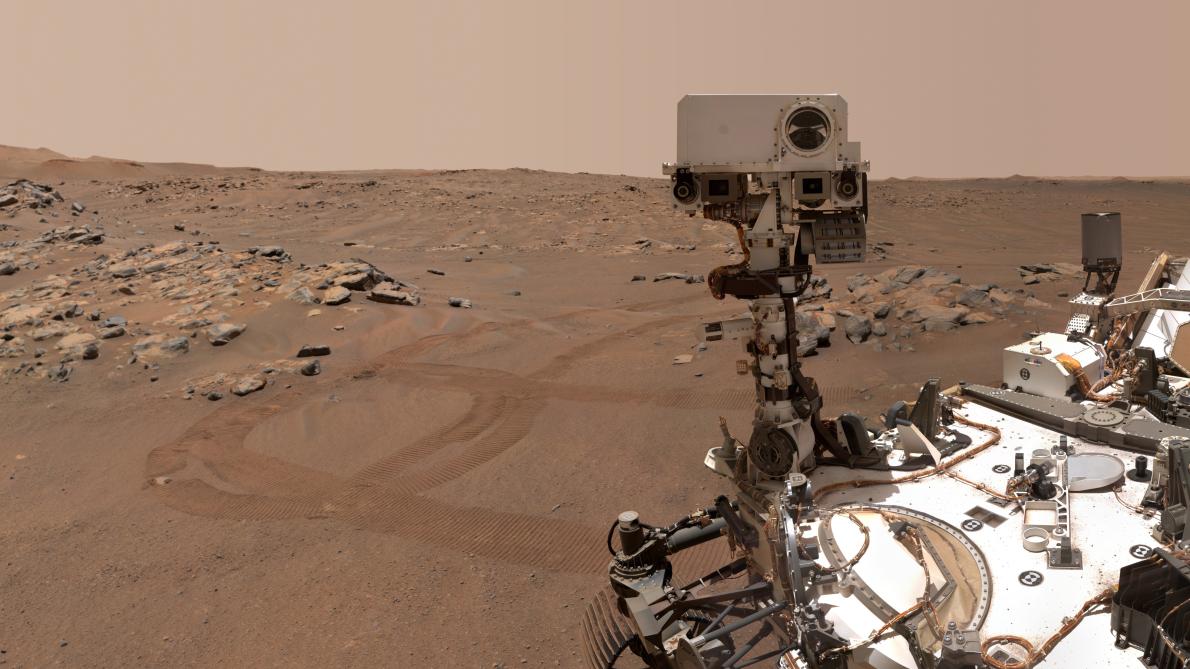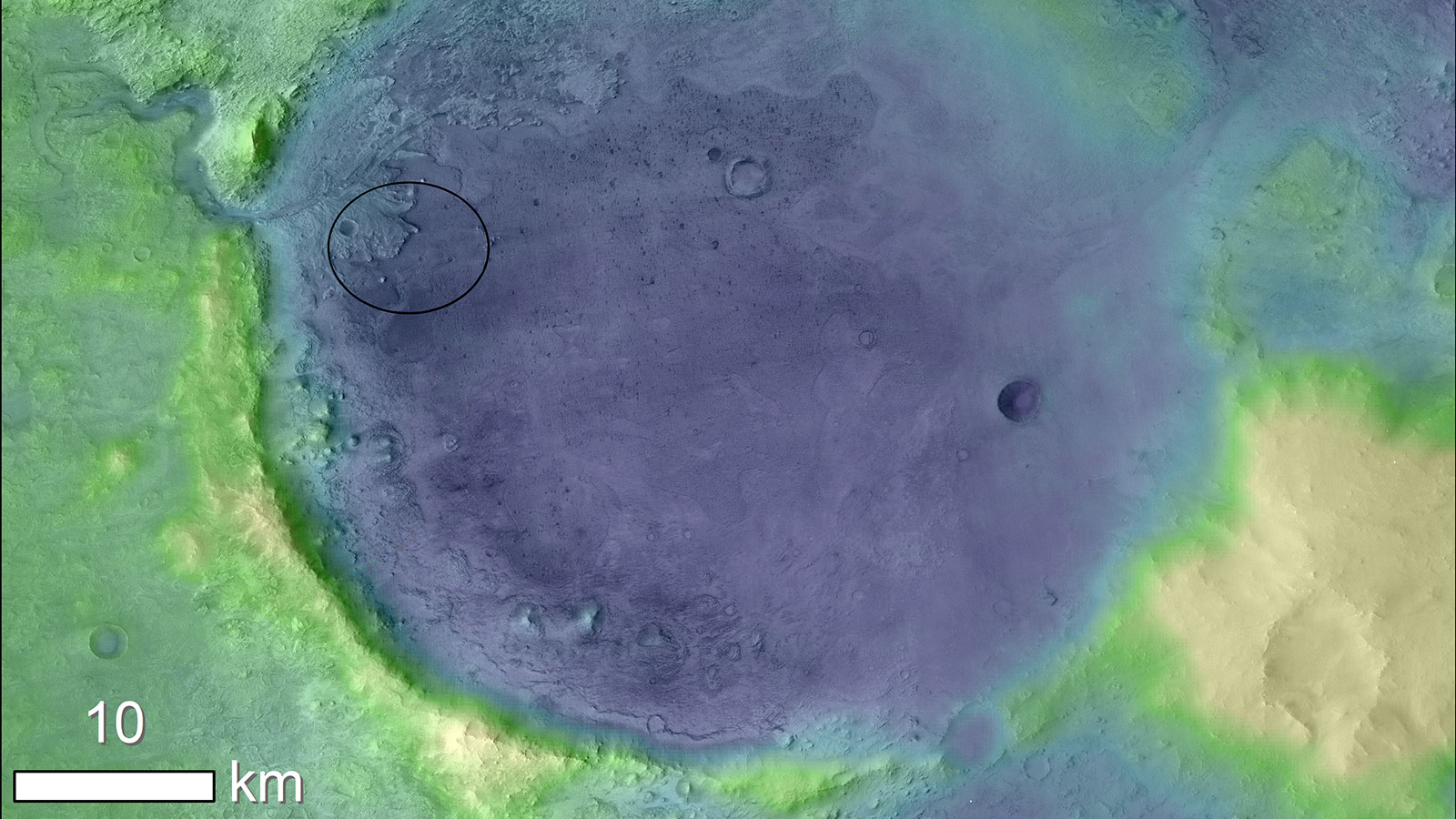There’s nothing easy about searching for evidence of life on Mars. Not only do we somehow have to land a rover there, which is extraordinarily difficult. But the rover needs the right instruments, and it has to search in the right location. Right now, the Perseverance lander has checked those boxes as it pursues its mission in Jezero Crater.
But there’s another problem: there are structures that look like fossils but aren’t. Many natural chemical processes produce structures that mimic biological ones. How can we tell them apart? How can we prepare for these false positives?
Continue reading “Is That a Fossil on Mars? Non-Biological Deposits can Mimic Organic Structures”

